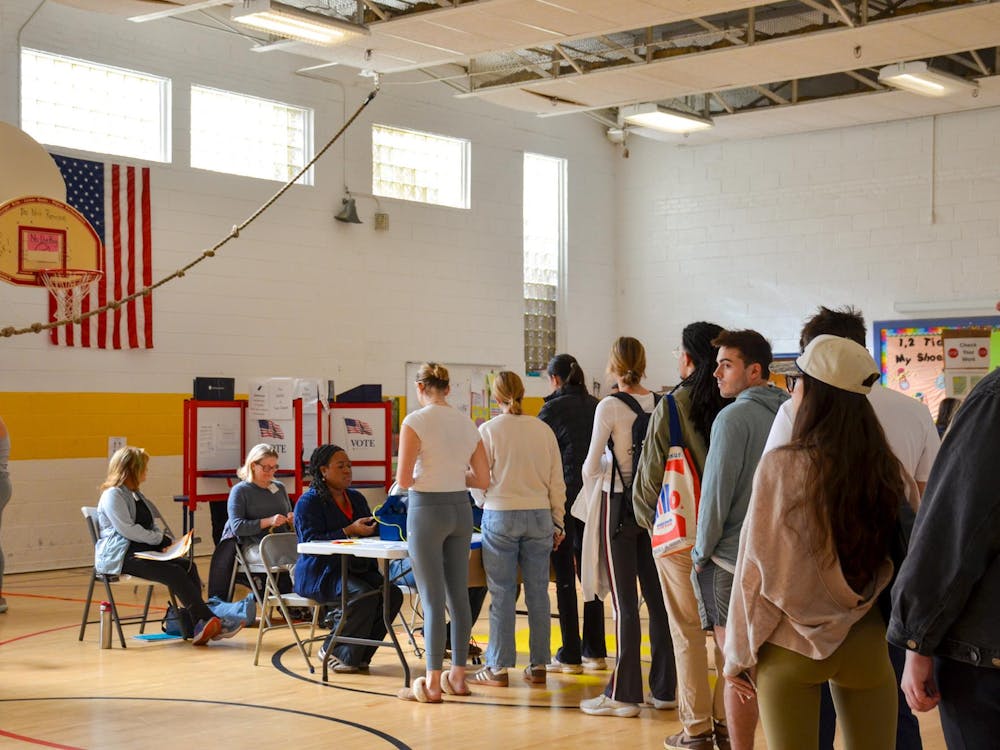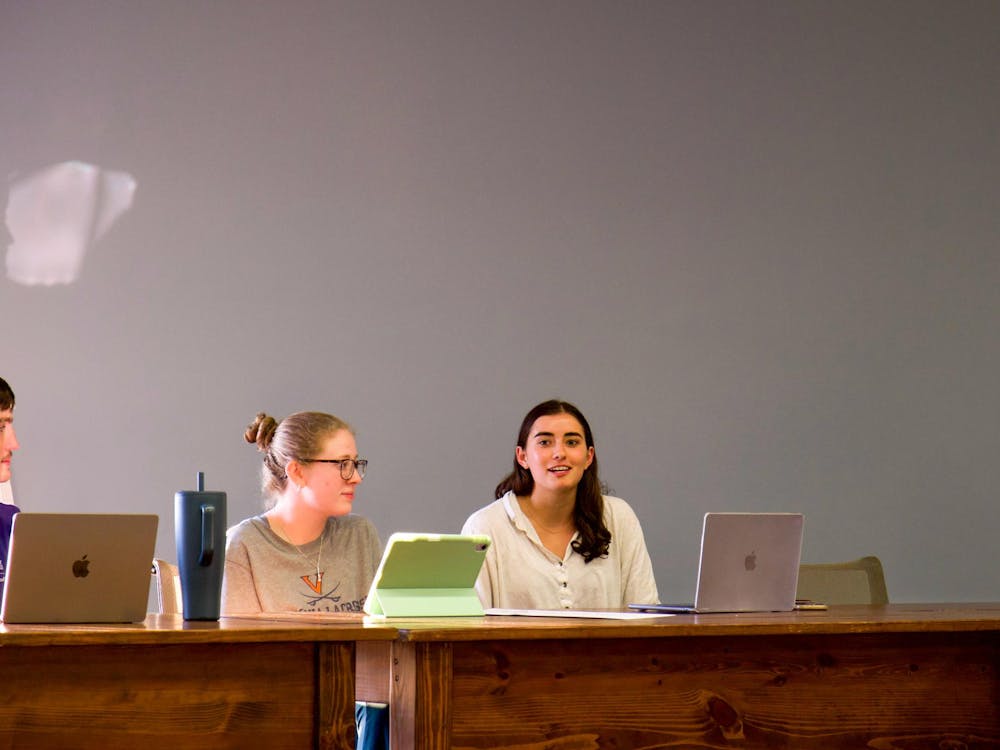The University tested a new emergency siren system at six locations across Grounds between 11 a.m. and 1 p.m..
“It was exactly as we had anticipated,” Director of Emergency Preparedness Marge Sidebottom said. “All of the sirens worked, and all of the public address capabilities worked.”
The system is an exterior notification system, which means it is designed “primarily for people who are outside at the time,” Sidebottom explained, noting the system is meant to be used in situations “when we have verified that there is imminent danger.” Such events could include a sudden weather emergency like a tornado, a spill of hazardous material, or a threat of violence, Sidebottom explained.
The system was designed by the vendor, Communication Specialists of Virginia, Inc., to meet University-specific needs.
“We have a very different topography, which requires some additional work and expertise to determine how all the areas on Grounds are covered,” Sidebottom said, noting that the hilly nature and size of Grounds requires that the University use “six different sirens, which cover everything from North Grounds through the [Academical] Village.”
While the Office of Emergency Preparedness is primarily responsible for the implementation of the system, students were also involved in its implementation through the student group Hoos Ready.
“We handle feedback,” Hoos Ready President Colin Hood said. “A lot of people do communicate with us, and we in turn talk to the Office of Emergency Preparedness.”
Hood added that the organization is currently evaluating student, faculty and staff responses to the drill with the hopes of improving the system.
Efforts to improve emergency preparedness systems in general, Hood said, have been influenced significantly by the April 2007 Virginia Tech shootings.
“I think the tragedy set a tone of university emergency preparedness for every university in the country, the world and especially at U.Va.,” Hood said. “It initiated major projects.”
Virginia Tech has had a siren system in place for several years, according to Virginia Tech Police Officer Geof Allen, who said the system was used in April 2007.
Virginia Tech’s siren system differs from the University’s in that Virginia Tech uses a voice-driven system, in which “you can actually speak from a consul in [a] dispatch center,” Allen explained. The University, meanwhile, employs standardized messages approved about a year ago, Sidebottom said.
“All the devices [at the University] have the same messages,” Sidebottom explained, noting these scripted messages can be used during emergencies specific to a particular location on Grounds.






